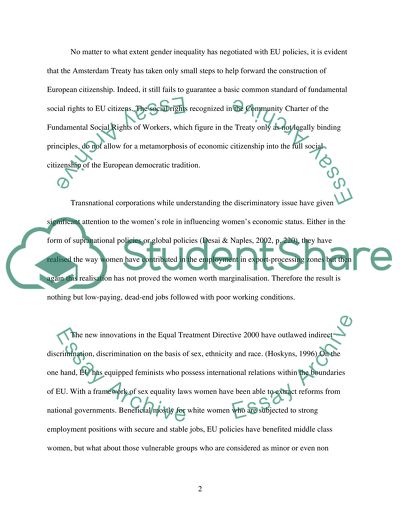Cite this document
(“The European Union and Employment Relations Essay”, n.d.)
The European Union and Employment Relations Essay. Retrieved from https://studentshare.org/law/1518731-the-european-union-and-employment-relations
The European Union and Employment Relations Essay. Retrieved from https://studentshare.org/law/1518731-the-european-union-and-employment-relations
(The European Union and Employment Relations Essay)
The European Union and Employment Relations Essay. https://studentshare.org/law/1518731-the-european-union-and-employment-relations.
The European Union and Employment Relations Essay. https://studentshare.org/law/1518731-the-european-union-and-employment-relations.
“The European Union and Employment Relations Essay”, n.d. https://studentshare.org/law/1518731-the-european-union-and-employment-relations.


